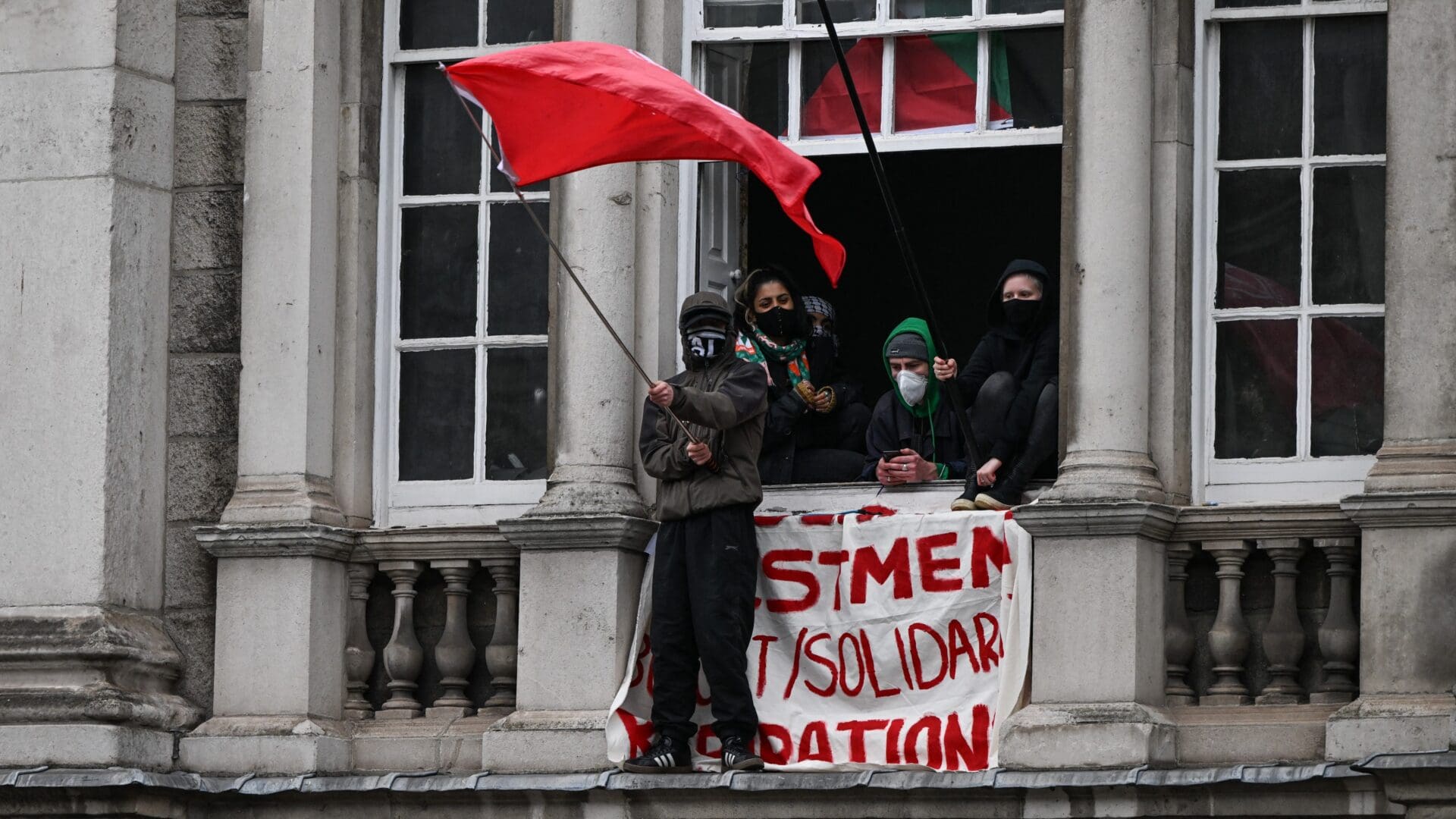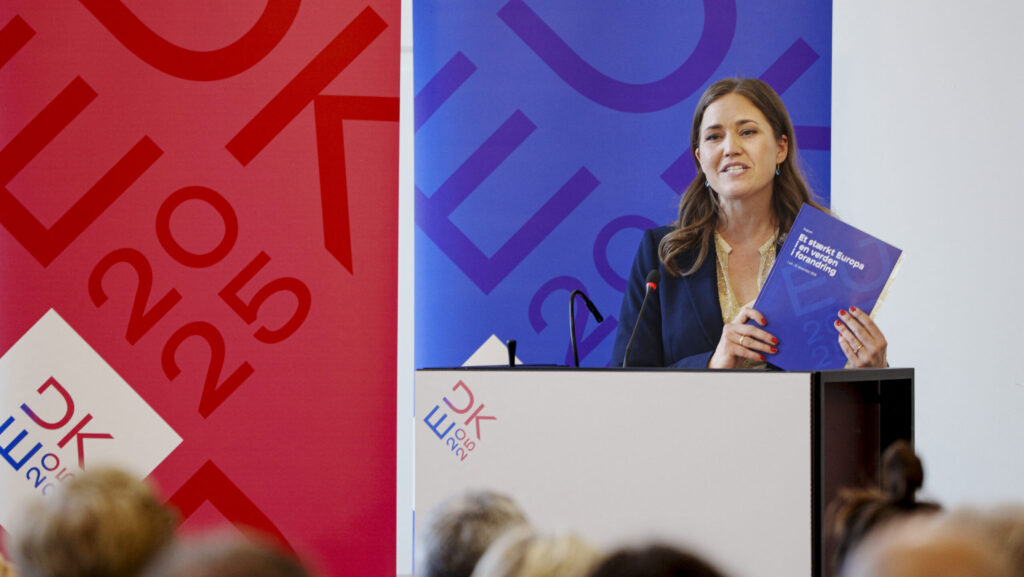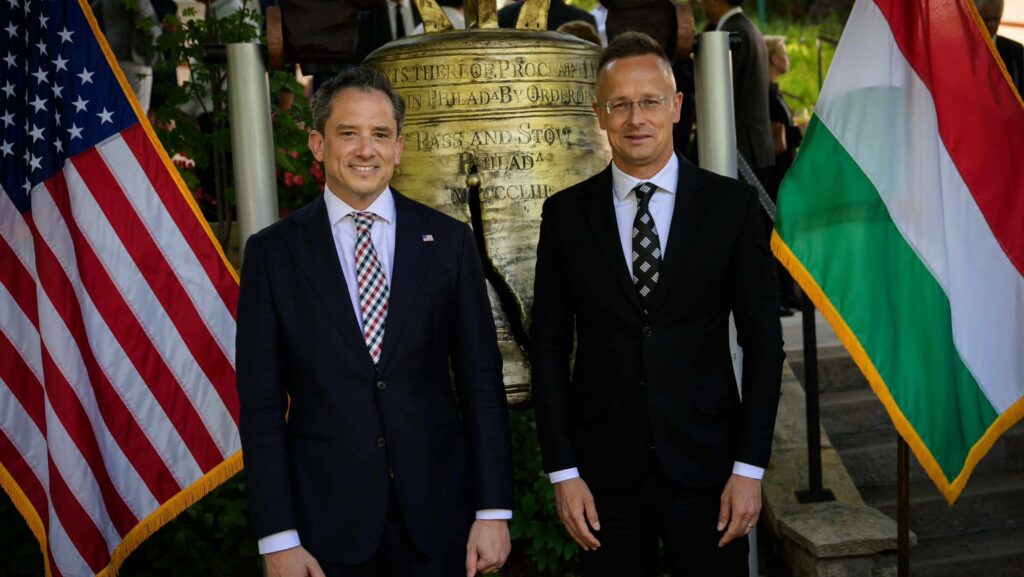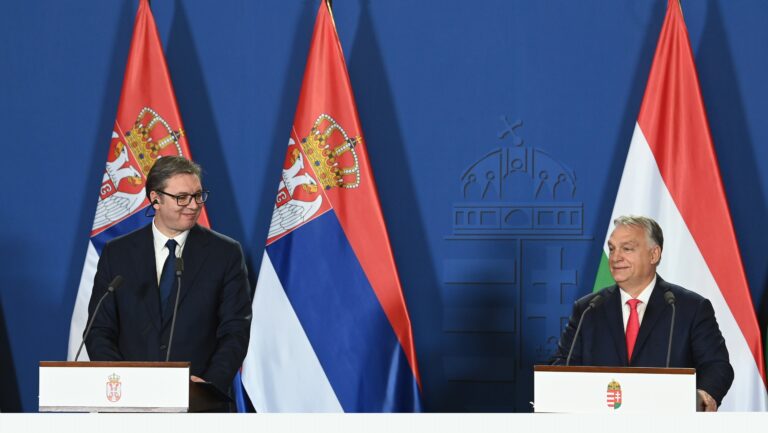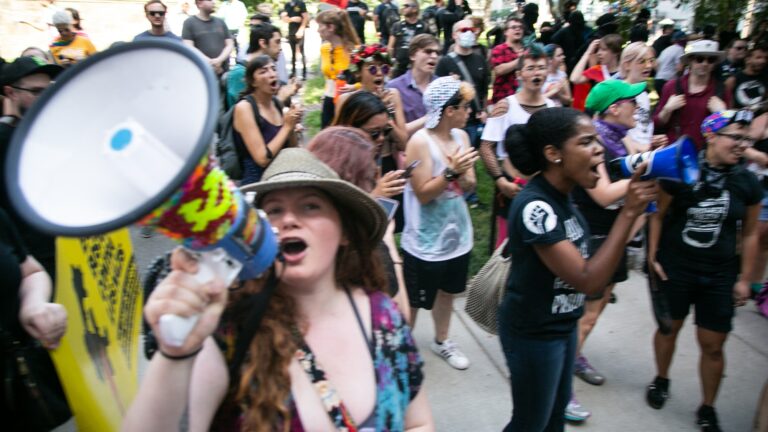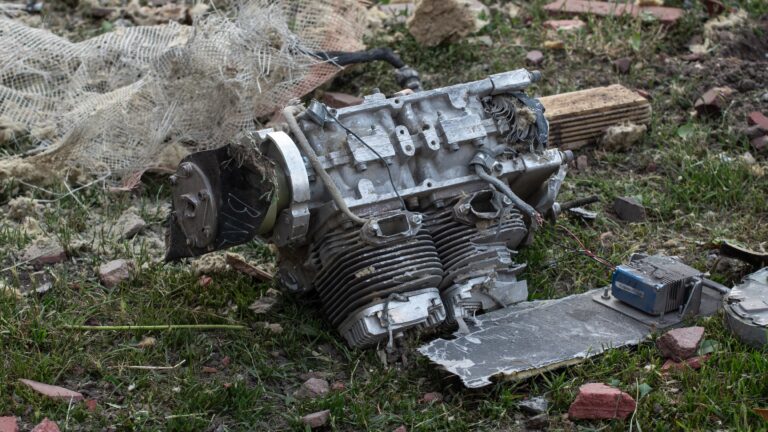Sometimes, history unfolds in a way that a screenwriter couldn’t create.
Over the weekend, pro-Hamas student protesters at Trinity College Dublin vandalized the university’s display of the Book of Kells, Ireland’s greatest treasure and one of the most important artifacts of European Christianity. It is a ninth-century illuminated manuscript containing the four Gospels, written in Latin, in astonishingly beautiful calligraphy.
The book, which also contains the oldest known image of the Virgin Mary in a Western manuscript, is believed to have been created in a Celtic monastery. It has long been on display for visitors to savor and marvel at; around one million people flock to see the Book of Kells yearly.
Not now. Student protest leader László Molnárfi tweeted this obscenity over the weekend:

Suddenly, Molnárfi‘s name is everywhere in the international media. But this isn’t the first time Molnárfi has led a blockade of the Kells exhibit.
Last autumn, the foreign student headed a successful movement to keep visitors away from the popular exposition to protest the university’s proposed rise in student rent. As a media report said at the time, Molnárfi ‘has been involved with radical politics since the first day he arrived in Ireland in September 2020.’
Molnárfi is the head of Trinity College Dublin’s student union. He is the son of Hungarian parents who—surprise!—work for the European Commission in Brussels. Describing himself to an English newspaper as a ‘true European’, Molnárfi was raised in Brussels, and attended the posh European School there. Young László’s predecessors at that school include European Commission chief Ursula von der Leyen. Former UK prime minister Boris Johnson also graduated from that school.
The son of Brussels elites is also a self-described Communist. ‘I’m far-left, that’s my faction!’ he boasted. He added that his goal is to radicalize Trinity College students and have them ‘shift in a left-wing direction really quickly, like what happened with May ’68.’ The website of the leftist student group he started, Students4Change,
describes the university he attends as ‘an imperialist institution, complicit in war crimes and racist border control.’
Molnárfi is one more non-Irishman that the Irish government has allowed in, who trashes public spaces of his host country. He told the Irish Independent that his parents are ‘definitely proud’ he has put his expensive Trinity College education on the line to attack the institution’s support for Israel. ‘The cause of Palestine liberation is the greatest cause in the world,’ he said.
What does Molnárfi think about the 7 October massacre of Jews by Hamas? Here is what he tweeted in response:

It’s hard not to think of another Hungarian who was a radical back in his student days: Viktor Orbán, who took on the existing Communist power structure. In fact, the two Hungarian political activists who began as student radicals—Orbán and Molnárfi—uncannily represent rival futures for Europe.
With European elections approaching in June, the two make quite the symbolic pair.
- Molnárfi fights for Communism; Orbán fought Communism.
- The rootless Molnárfi, from Brussels, comes from EU aristocracy, and is a self-described ‘true European’; Orbán, from tiny Felcsút, is a Hungarian who believes that to be truly European is to be from somewhere authentically European, and to defend local integrity and sovereignty.
- Molnárfi supports open borders; Orbán backs border control.
- Molnárfi’s Students4Change says it opposes ‘religious sectarianism, queerphobia [and] intersexphobia’; Orbán’s Fidesz Party defends the Christian identity of Europe, and the traditional family.
- Molnárfi wants to re-create the 1968 radical protest movement; Orbán has spent his political career cleaning up the civilizational messes the 1968 movement mad.
- Molnárfi is against representative democracy, calling it ‘a complete and utter failure’; Orbán supports representative democracy.
- Molnárfi hates Israel, leading the BDS movement at Trinity College as well as taking up pro-Palestinian activism; Orbán stands unapologetically with Israel.
- Interestingly, both hold similar hostile stands on radical Islam. Molnárfi, no Islamo-gauchiste, has denounced it for being sexist, transphobic, and religiously sectarian; Orbán opposes it for being violent, hateful, anti-Christian, anti-Semitic, and totalitarian.
True, neither Molnárfi’s anti-Stalinist version of Communism nor Fidesz-style ‘Christian democracy’ are on every European ballot next month. Nevertheless, the two Hungarian men— both of whom accept that the current status quo is unsustainable—symbolize the choice all European voters will make for their future.
Will Europeans turn towards the placeless, open-borders, anti-democratic, anti-Judeo-Christian, genderqueer, Brussels-sympathetic left?
Or will they move to the sovereigntist, pro-democracy, secure-borders, gender traditionalist, pro-Judeo-Christian, anti-Brussels right?
Two Magyar student activists—one, still a student, a Communist son of elite Brussels, the other, his student days long past, an anti-Communist son of a rural village—embody two rival visions for Europe. No Hollywood film studio would make a movie based on such a clichéd concept. Sometimes, real life is stranger than art!

